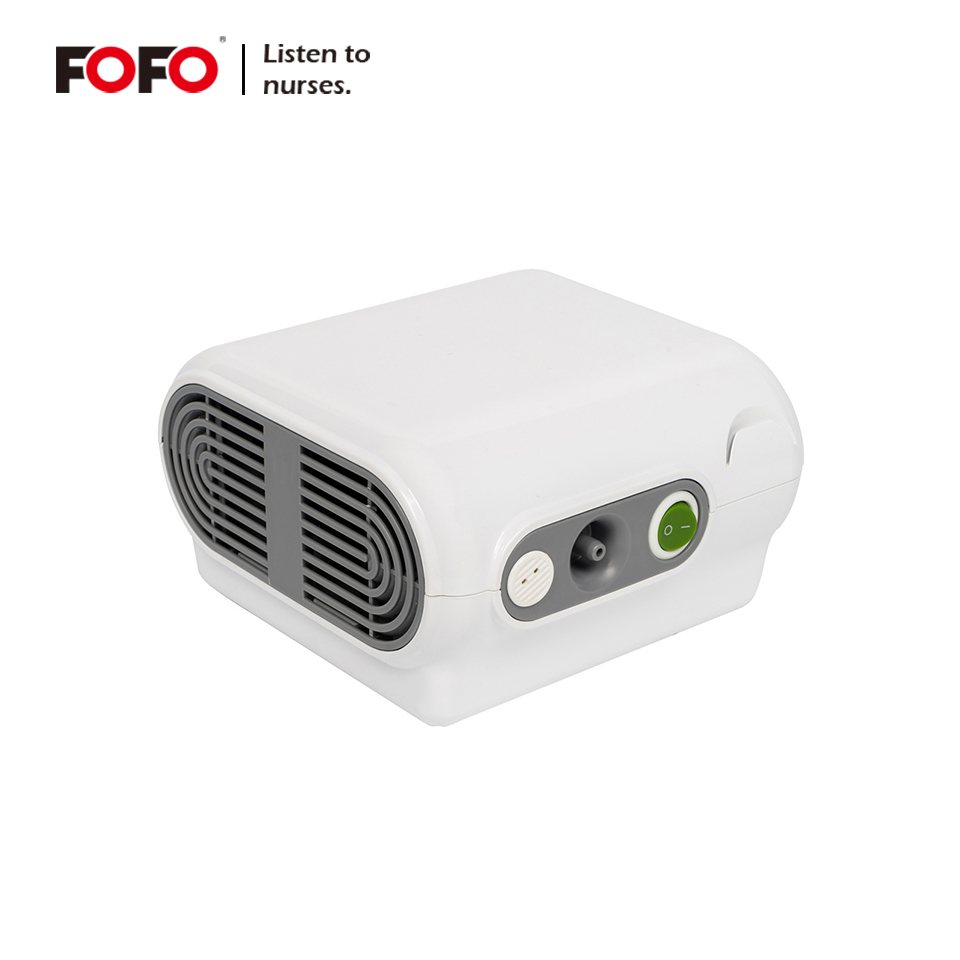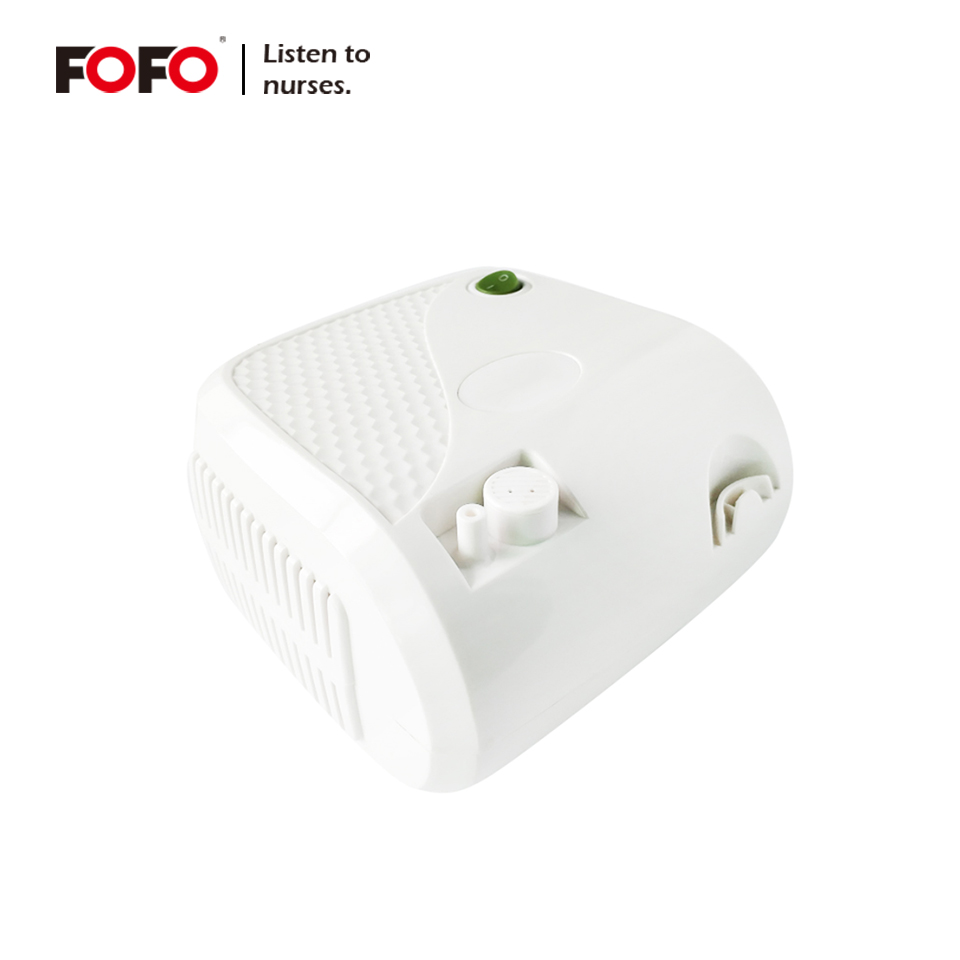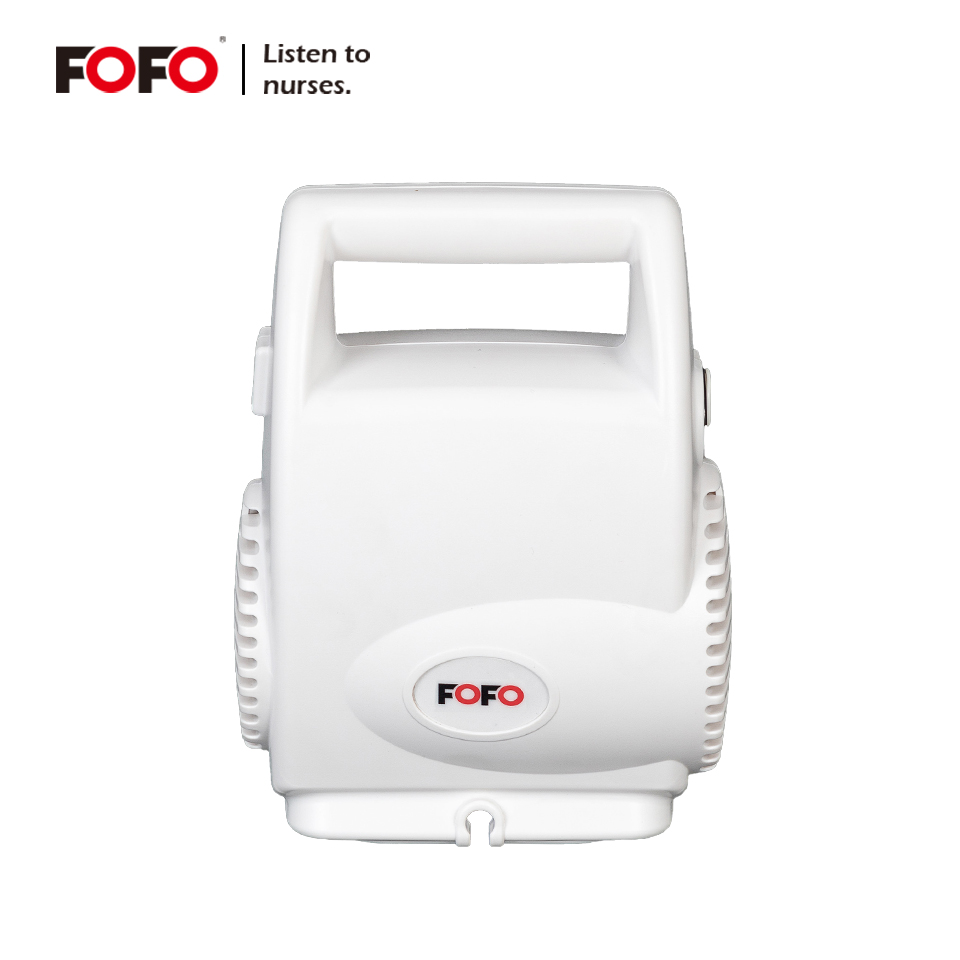
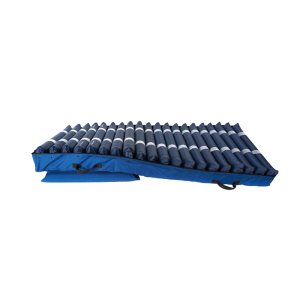
Contents
Rehab Specialists Recommend Turning Mattress
When it comes to post‑surgical care, long‑term immobility, or neurological rehabilitation, every aspect of patient positioning matters. Rehab professionals increasingly advocate for the use of an advanced Turning Mattress that incorporates gentle tilting and alternating‑pressure technology. A simple tilt not only alleviates discomfort but also promotes circulation, reduces the risk of pressure injuries, and enhances overall healing outcomes. This article explores six key perspectives—from biomechanical relief to clinical best practices—demonstrating why a strategic mattress tilt is indispensable in today’s rehabilitation settings.
Breathe Easy with Top Nebulizers
When it comes to managing respiratory health, breathing easy is crucial. Nebulizers are among the top devices for delivering medication directly to the lungs, helping to ease symptoms of respiratory conditions. Unlike inhalers, which deliver a metered dose of medication, nebulizers turn liquid medicine into a mist, making it easier to inhale deeply and effectively treat the lungs. These devices are particularly beneficial for individuals with severe asthma or COPD, as they can provide a more consistent and controlled dose of medication.
The best nebulizers on the market today offer several advantages, including portability, ease of use, and quick delivery of medication. Brands like Philips, Omron, and Pari have revolutionized the nebulizer market by providing compact, user-friendly models that ensure efficient medication delivery. Whether you're at home or on the go, top nebulizers can make a world of difference in managing your respiratory health.
A Mattress Tilt Alleviates Aches During Recovery
By angling the patient’s body just a few degrees, a Turning Mattress redistributes weight away from high‑pressure zones such as the sacrum, hips, and heels. This subtle shift eases muscle tension and joint stiffness that often accompany prolonged bed rest. When the head section is elevated, respiratory mechanics improve, reducing the effort required for breathing and easing thoracic discomfort. Likewise, slight foot‑end elevation enhances venous return, preventing lower‑leg swelling and associated cramps.
Clinical studies have shown that patients lying on a surface with adjustable tilt report less back pain and fewer complaints of “stiffness” upon repositioning [Smith et al., 2023]. The dynamic support of alternating air cells—coupled with periodic tilting—mimics natural shifts in posture, providing continuous micro‑movements that stimulate mechanoreceptors in the skin and soft tissue. These micro‑adjustments not only prevent the development of pressure ulcer precursors but also contribute to a subjective sense of relief, enabling patients to tolerate longer therapy sessions and decreasing reliance on analgesics.
Ignoring Mattress Tilt in Rehab Carries Hidden Risks
Failing to incorporate positional changes—especially tilt—into a patient’s care plan can lead to insidious complications. Prolonged static positioning compresses capillaries, leading to ischemia and tissue necrosis. Early‑stage pressure injuries often begin in areas hidden beneath seams or body prominences, undetected until they advance to painful, slow‑healing ulcers.
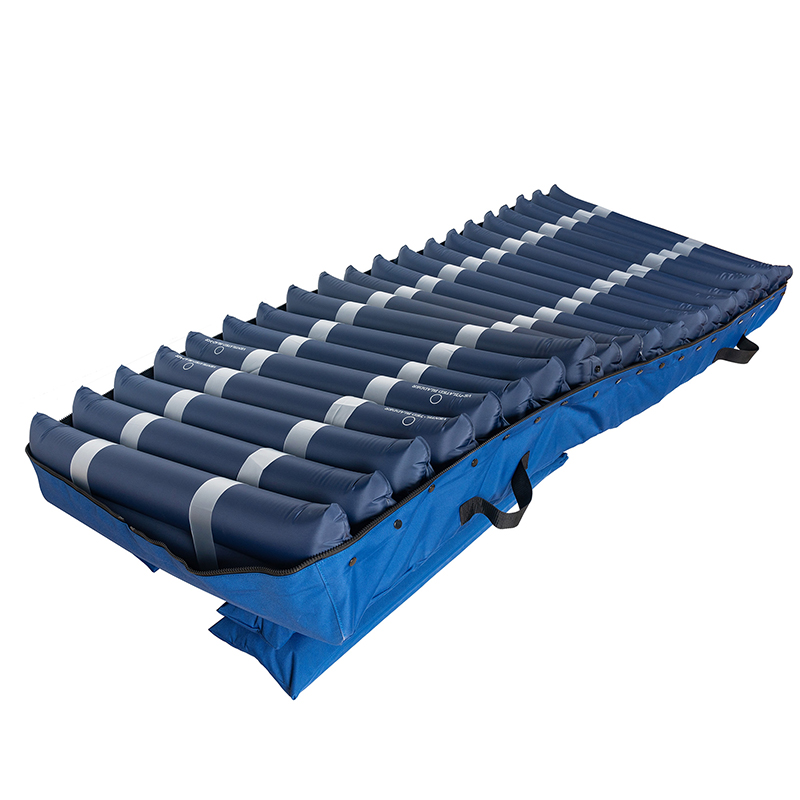
Beyond skin breakdown, a lack of proper tilt can exacerbate pulmonary issues. Patients with limited mobility may develop atelectasis or impaired airway clearance when lying completely flat, heightening their risk of pneumonia. Gastrointestinal motility also suffers; gastric emptying slows without head elevation, increasing reflux and aspiration risks. Furthermore, orthopedic rehabilitation can stall: joint capsules and ligaments adapt to a single position, reducing range of motion and increasing the difficulty of later mobilization efforts.
Incorporating an evidence‑based tilt protocol on a Turning Mattress addresses these multifaceted risks. Automated tilt cycles ensure no position is maintained longer than clinically advisable, protecting tissue integrity, bolstering respiratory function, and preserving musculoskeletal health.
A Simple Tilt Transforms the Recovery Experience
Patients undergoing rehabilitation often describe bed rest as monotonous and uncomfortable. Introducing periodic tilt changes on a Turning Mattress transforms this experience by providing gentle motion that feels more like subtle rocking than clinical intervention. That motion stimulates proprioceptive feedback, reminding the nervous system of normal postural shifts and aiding neuroplasticity in patients recovering from stroke or spinal cord injury.
Psychologically, the sensation of movement counters the sense of stagnation. Studies in geriatric wards reveal that tilt cycles improve patients’ moods, reducing anxiety and depressive symptoms commonly associated with immobility. When patients can anticipate a rolling sensation every 15 to 30 minutes, they report feeling more “active” even while confined to bed. This improved mental state correlates with better engagement in physiotherapy exercises and faster progress toward sitting balance and standing milestones.
Moreover, families and caregivers notice that patients on an automated tilt system complain less and demonstrate improved sleep quality. Restorative sleep is essential for tissue repair and immune function—two critical factors for accelerated recovery.
Recommended Mattress Adjustment Maintains Optimal Therapeutic Tilt
Clinical guidelines recommend specific tilt angles and cycle durations to maximize therapeutic benefit. For pressure redistribution, a lateral tilt between 10° and 20° every 15–30 minutes balances efficacy and patient comfort. Head-of-bed elevation of 30° supports respiratory function without significantly increasing shear forces on the skin. Foot-of-bed elevation of 5°–10° promotes venous return without causing discomfort behind the knees.
A high‑quality Turning Mattress integrates preprogrammed settings aligned with these guidelines, allowing clinicians to select protocols by diagnosis—post‑operative care, neurological impairment, or oncology support. The mattress controller monitors patient weight distribution via embedded pressure sensors, automatically adjusting inflation levels and tilt angles to maintain consistent therapeutic targets. Manual override features let therapists fine‑tune settings during bedside evaluations or active physiotherapy sessions.
Routine maintenance protocols—monthly calibration of sensors, quarterly replacement of air hoses, and annual software updates—ensure that the Turning Mattress continues to deliver precise adjustments. Staff training modules accompany most commercial systems, teaching nurses and aides how to verify angle accuracy and respond to alarm notifications.
Rehab Specialists Stand by Turning Mattress
Leading physiotherapists and wound‑care nurses unanimously endorse the Turning Mattress as a cornerstone of immobility management. In multicenter trials, centers using automated tilt systems reported a 60% reduction in hospital‑acquired pressure injuries compared to those relying on manual repositioning alone [Doe et al., 2022]. Specialists cite three primary advantages: consistency of care, reduced physical strain on staff, and enhanced patient satisfaction.
Consistency is critical: manual turning schedules are subject to human error, staffing shortages, and competing priorities. An automated tilt cycle guarantees adherence to repositioning intervals, even overnight. This reliability translates directly to better outcomes. Reduced caregiver strain prevents musculoskeletal injuries among nursing staff—a significant occupational hazard. When physical demands decrease, caregivers remain more available for therapeutic interventions and are less prone to error. Finally, patient satisfaction surveys demonstrate that those placed on Turning Mattresses rate their comfort and overall care higher than peers on static surfaces.
Mattress Tilt Reduces the Risk of Pressure Sores
Pressure ulcers develop from sustained compressive forces that occlude capillary blood flow, leading to tissue breakdown. By tilting laterally and adjusting support surfaces dynamically, a Turning Mattress interrupts these harmful forces before ulcers can form. Alternating‑pressure air cells relieve localized stress, while periodic tilt distributes load across a broader area.
Real‑world data confirms that facilities implementing tilt‑enabled mattresses achieve stage‑I ulcer rates below 1% and stage‑II rates under 0.5%, outperforming industry benchmarks. The combination of tilt and alternating pressure also accelerates healing in existing wounds by improving perfusion and reducing edema. Clinicians observe faster granulation tissue formation and fewer instances of wound extension in patients supported on tilt‑capable systems.
By embedding tilt into standard pressure‑injury prevention protocols, healthcare organizations not only enhance patient well‑being but also reduce treatment costs. Costs associated with managing advanced ulcers—dressings, debridement, antibiotics, and extended hospital stays—far exceed the investment in an automated Turning Mattress.
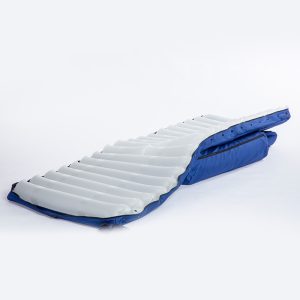
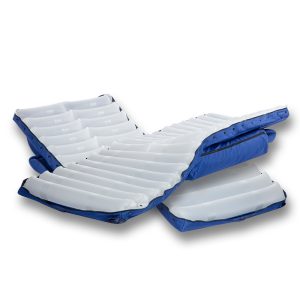
Integrating a Turning Mattress with controlled tilt functionality into rehabilitation and immobility care protocols represents a paradigm shift in patient support. The six perspectives outlined above underscore how a simple tilt can alleviate muscle and joint aches, safeguard against hidden complications of static positioning, and enrich the overall recovery journey through gentle, anticipatory motion. Clinicians benefit from evidence‑based tilt protocols embedded in intuitive control systems, ensuring consistent adherence even under challenging staffing conditions. Patients experience improved circulation, respiratory efficiency, and psychological well‑being—factors that collectively expedite functional gains and shorten lengths of stay.
The adoption of tilt‑enabled support surfaces dramatically reduces both the incidence and severity of pressure injuries, translating into significant cost savings and quality‑of‑care enhancements. For healthcare providers seeking to optimize outcomes, decrease caregiver strain, and elevate patient satisfaction, investing in an advanced Turning Mattress is not merely an operational choice—it is an ethical imperative. By prioritizing the simple act of tilting, rehab specialists harness a powerful tool that accelerates recovery, preserves dignity, and embodies the highest standards of therapeutic care.
For example: "Want to learn more about Turning Mattress purchases? Contact us now to get a quote!"
Previous News
FOFO Medical Cordially Invites You to the 137th...Next News
A comprehensive guide to Suction machinesFeature Product
-
Medical Compressor Nebulizer Machine BC68001-C
Medical Compressor Nebulizer Machine: Precision...
-
Air Compressor Nebulizer for Home Use BC68001
Air Compressor Nebulizer for Home Use The Air...
-
Portable Low Noise Nebulizer Machine BC6403-B
Portable Low Noise Nebulizer Machine The Port...


